मोल्ड प्रसंस्करण
- 2024-10-29
साँचे बनाने से तात्पर्य बनाने और खाली करने वाले उपकरणों के प्रसंस्करण के साथ-साथ सांचों को काटने और काटने से है। आम तौर पर, एक साँचे में दो भाग होते हैं: एक ऊपरी साँचा और एक निचला साँचा। स्टील प्लेट को ऊपरी और निचले सांचों के बीच रखें, और सामग्री प्रेस की कार्रवाई के तहत बनती है। जब प्रेस खोला जाता है, तो मोल्ड के आकार द्वारा निर्धारित वर्कपीस प्राप्त किया जाएगा या संबंधित अपशिष्ट को हटा दिया जाएगा। इलेक्ट्रॉनिक कनेक्टर से लेकर ऑटोमोटिव इंस्ट्रूमेंट पैनल तक, वर्कपीस को मोल्ड का उपयोग करके ढाला जा सकता है। प्रोग्रेसिव मोल्ड सांचों के एक सेट को संदर्भित करता है जो स्वचालित रूप से संसाधित वर्कपीस को एक वर्कस्टेशन से दूसरे वर्कस्टेशन पर ले जा सकता है और अंतिम वर्कस्टेशन पर मोल्ड किए गए हिस्से प्राप्त कर सकता है। मोल्ड प्रसंस्करण तकनीक में कटिंग मोल्ड्स, स्टैम्पिंग मोल्ड्स, कंपोजिट मोल्ड्स, एक्सट्रूज़न मोल्ड्स, चार स्लाइड मोल्ड्स, प्रोग्रेसिव मोल्ड्स, स्टैम्पिंग मोल्ड्स, डाई-कटिंग मोल्ड्स आदि शामिल हैं।
1. मेटल स्टैम्पिंग डाई: निरंतर डाई, सिंगल डाई, कम्पोजिट डाई, स्ट्रेचिंग डाई
2. प्लास्टिक मोल्डिंग मोल्ड: इंजेक्शन मोल्ड, एक्सट्रूज़न मोल्ड, वैक्यूम बनाने वाले मोल्ड
3. डाई कास्टिंग सांचे
4. साँचे बनाना
5. पाउडर धातुकर्म सांचे
6. रबर का साँचा
काटना: सामने की साँचे की सामग्री, पीछे की साँचे की सामग्री, सम्मिलित सामग्री, पंक्ति सामग्री, झुकी हुई शीर्ष सामग्री;
फ्रेम खोलना: फ्रंट मोल्ड फ्रेम, रियर मोल्ड फ्रेम;
मोटा होना: सामने के सांचे की गुहा, पीछे के सांचे की गुहिका और विभाजन रेखा को मोटा करना;
कॉपर गोंग: फ्रंट मोल्ड कॉपर गोंग, रियर मोल्ड कॉपर गोंग, पार्टिंग लाइन क्लियर एंगल कॉपर गोंग;
तार काटना: जड़ना बिदाई लाइन, तांबा पुरुष, झुका हुआ शीर्ष तकिया स्थिति;
कंप्यूटर गोंग: बारीक गोंग पार्टिंग लाइन, बारीक गोंग रियर मोल्ड कोर;
इलेक्ट्रिक स्पार्क: सामने का साँचा मोटा, तांबे का नर, नर साँचे का तार स्पष्ट कोण, पीछे के साँचे की हड्डी की स्थिति, तकिया की स्थिति;
ड्रिलिंग, पिनहोल और शीर्ष पिन;
यूजीएनएक्स, प्रो/एनसी, कैटिया, मास्टरकैम, सर्फकैम, टॉपसॉलिड सीएएम, स्पेस-ई, कैमवर्क्स, वर्कएनसी, टेबिस, हाइपरमिल, पावरमिल, गिब्सकैम, फीचरकैम, और बहुत कुछ
(1) सांचों के एक सेट में आम तौर पर एक अवतल साँचा, एक उत्तल साँचा और एक साँचे का फ्रेम होता है, और कुछ कई इकट्ठे मॉड्यूल भी हो सकते हैं। तो ऊपरी और निचले सांचों का संयोजन, आवेषण और गुहाओं का संयोजन, और मॉड्यूल के बीच संयोजन सभी को उच्च मशीनिंग सटीकता की आवश्यकता होती है। सटीक साँचे की आयामी सटीकता अक्सर माइक्रोमीटर स्तर तक पहुँच जाती है।
(2) कुछ उत्पाद, जैसे कार कवर, हवाई जहाज के हिस्से, खिलौने और घरेलू उपकरण, में जटिल आकार और कई घुमावदार सतहों से बनी सतहें होती हैं। इसलिए, मोल्ड गुहा की सतह बहुत जटिल है। कुछ सतहों को गणितीय गणना विधियों का उपयोग करके संसाधित किया जाना चाहिए।
(3) छोटे बैच के साँचे का उत्पादन बड़े पैमाने पर उत्पादन नहीं है, और कई मामलों में केवल एक बैच का उत्पादन किया जाता है।
(4) मल्टी प्रोसेस मोल्ड प्रोसेसिंग में, मिलिंग, बोरिंग, ड्रिलिंग, रीमिंग और थ्रेडिंग जैसी विभिन्न प्रक्रियाओं का हमेशा उपयोग किया जाता है।
(5) दोहराव वाले उत्पादन सांचों के उपयोग का एक जीवनकाल होता है। जब किसी साँचे का उपयोग उसके जीवनकाल से अधिक हो जाता है, तो उसे एक नए साँचे से बदलने की आवश्यकता होती है, इसलिए साँचे के उत्पादन में अक्सर दोहराव होता है।
(6) नकली मशीनिंग सांचों के उत्पादन में, कभी-कभी न तो चित्र होते हैं और न ही डेटा, और वास्तविक वस्तु के आधार पर नकली मशीनिंग की आवश्यकता होती है। इसके लिए उच्च अनुकरण सटीकता और कोई विरूपण की आवश्यकता नहीं है।
(7) मोल्ड सामग्री उत्कृष्ट है और इसमें उच्च कठोरता है। साँचे की मुख्य सामग्री अक्सर उच्च गुणवत्ता वाले मिश्र धातु इस्पात से बनी होती है, विशेष रूप से लंबी सेवा जीवन वाले साँचे के लिए, जो अक्सर Crl2 और CrWMn जैसे मार्टेंसिटिक स्टील से बने होते हैं। इस प्रकार के स्टील में रफ फोर्जिंग, प्रसंस्करण से लेकर ताप उपचार तक की सख्त आवश्यकताएं होती हैं। इसलिए, प्रसंस्करण प्रौद्योगिकी के निर्माण को नजरअंदाज नहीं किया जा सकता है, और गर्मी उपचार विरूपण भी एक गंभीर मुद्दा है जिसे प्रसंस्करण में गंभीरता से लेने की आवश्यकता है।
उपरोक्त विशेषताओं के आधार पर, मशीन टूल्स का चयन यथासंभव प्रसंस्करण आवश्यकताओं को पूरा करना चाहिए। संख्यात्मक नियंत्रण प्रणाली में मजबूत कार्य, उच्च मशीन उपकरण सटीकता, अच्छी कठोरता, अच्छी तापीय स्थिरता और नकल करने की क्षमता होनी चाहिए।
प्रसंस्करण प्रौद्योगिकी प्रवाह की व्यवस्था
1. निचला प्रसंस्करण, गारंटीकृत प्रसंस्करण मात्रा;
2. खाली बेंचमार्क कास्टिंग का संरेखण, 2डी और 3डी सतह भत्ते का निरीक्षण;
3. 2डी और 3डी सतहों की रफ मशीनिंग, गैर-इंस्टॉलेशन और गैर-कार्यशील सतह मशीनिंग (सुरक्षा प्लेटफ़ॉर्म सतहों, बफर इंस्टॉलेशन सतहों, दबाव प्लेट सतहों और साइड संदर्भ सतहों सहित);
4. अर्ध परिशुद्धता मशीनिंग से पहले, सटीकता सुनिश्चित करने के लिए सही साइड संदर्भ सतह ढूंढें;
5. 2डी और 3डी सतहों की अर्ध परिशुद्धता मशीनिंग, विभिन्न स्थापना कार्य सतहों की सटीक मशीनिंग (सीमा ब्लॉक स्थापना सतह और संपर्क सतह सहित, ब्लॉक स्थापना सतह और पिछली सतह, पंच स्थापना सतह, अपशिष्ट कटर स्थापना सतह और पिछली सतह, स्प्रिंग स्थापना सहित) सतह और संपर्क सतह, विभिन्न स्ट्रोक सीमा कार्य सतह, वेज स्थापना सतह और पीछे की सतह), विभिन्न गाइड सतहों और गाइड छेद की अर्ध परिशुद्धता मशीनिंग, सटीक मशीनिंग प्रक्रिया संदर्भ छेद और ऊंचाई संदर्भ सतहों के लिए एक मार्जिन छोड़कर, और डेटा रिकॉर्डिंग;
6. मशीनिंग सटीकता की जांच और पुनः जांच करें;
7. फिटर इनलेइंग प्रक्रिया;
8. सटीक मशीनिंग से पहले, प्रक्रिया संदर्भ छेद संदर्भ सतह को संरेखित करें और एम्बेडेड ब्लॉक के भत्ते की जांच करें;
9. 2डी और 3डी सटीक मशीनिंग सतह, साइड पंच सतह और छेद स्थिति, सटीक मशीनिंग प्रक्रिया संदर्भ छेद और ऊंचाई संदर्भ, सटीक मशीनिंग गाइड सतह और गाइड छेद;
10. मशीनिंग सटीकता की जाँच करें और दोबारा जाँचें।
मामलों पर ध्यान देने की जरूरत है
1. प्रक्रिया नियोजन संक्षिप्त और विस्तार से व्यक्त किया जाना चाहिए, और प्रसंस्करण सामग्री को यथासंभव संख्यात्मक रूप से व्यक्त किया जाना चाहिए;
2. प्रसंस्करण के प्रमुख और कठिन बिंदुओं पर शिल्प कौशल पर विशेष जोर दिया जाना चाहिए;
3. प्रसंस्करण क्षेत्रों को संयोजित करने और प्रक्रिया को स्पष्ट रूप से व्यक्त करने की आवश्यकता;
4. जब इनले को अलग से संसाधित करने की आवश्यकता होती है, तो प्रसंस्करण सटीकता के लिए प्रक्रिया आवश्यकताओं पर ध्यान दें;
5. संयुक्त प्रसंस्करण के बाद, जिन एम्बेडेड हिस्सों को अलग से संसाधित करने की आवश्यकता है, वे संयुक्त प्रसंस्करण के दौरान प्रक्रिया स्थापना और अलग प्रसंस्करण के लिए बेंचमार्क आवश्यकताओं को पूरा करेंगे;
6. मोल्ड प्रसंस्करण में, स्प्रिंग्स सबसे आसानी से क्षतिग्रस्त हो जाते हैं, इसलिए लंबी थकान वाले जीवन वाले मोल्ड स्प्रिंग्स को चुनना आवश्यक है। यूरोप और अमेरिका में बने मोल्ड स्प्रिंग्स का जीवनकाल लंबा होता है, और इसमें प्रसिद्ध ब्रांड भी शामिल हैं
-
टैग:
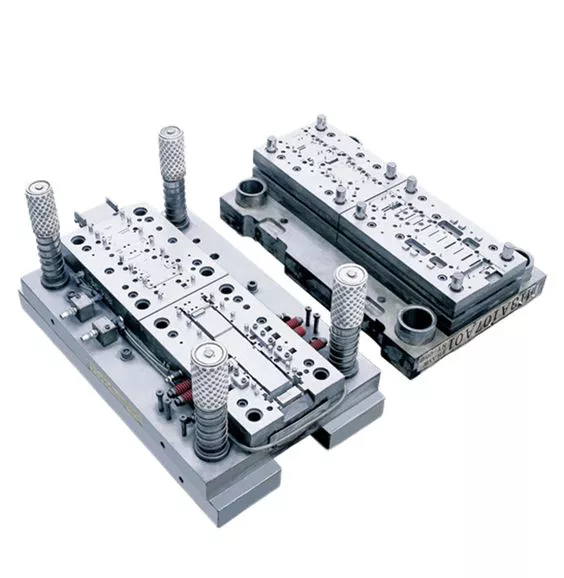
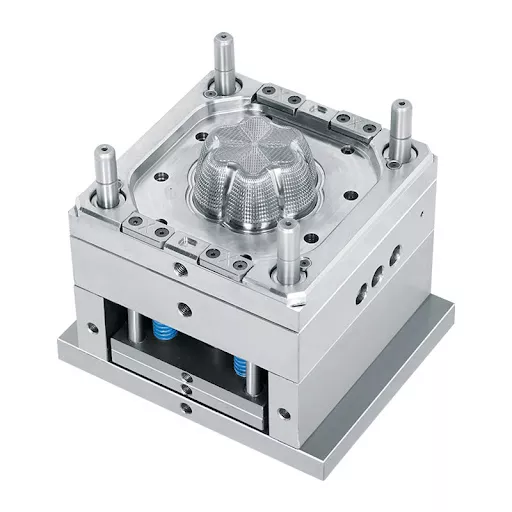
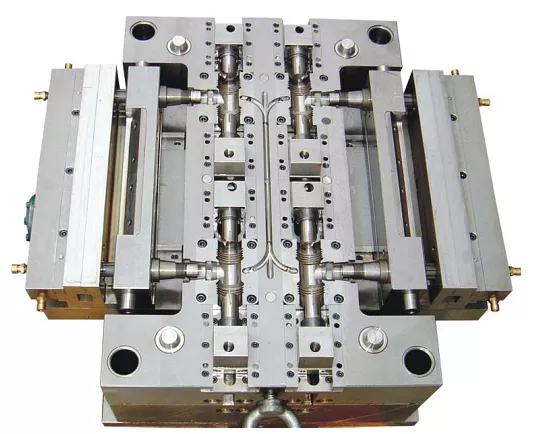
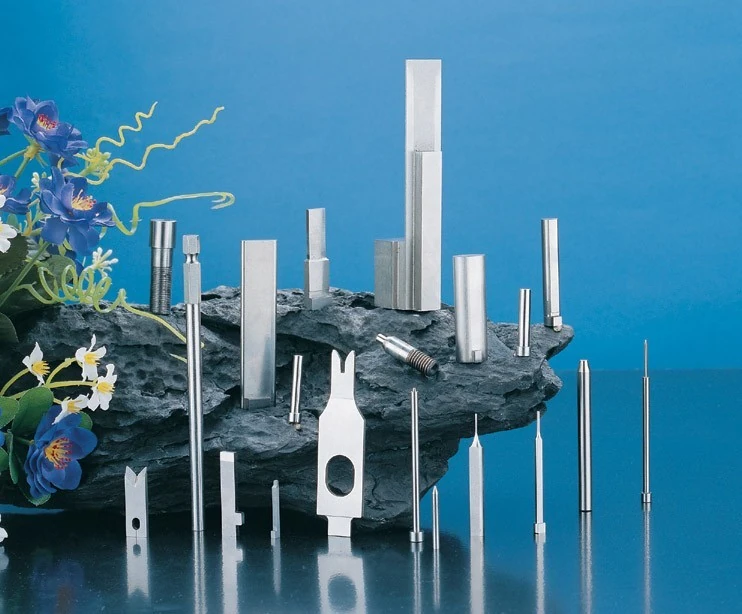
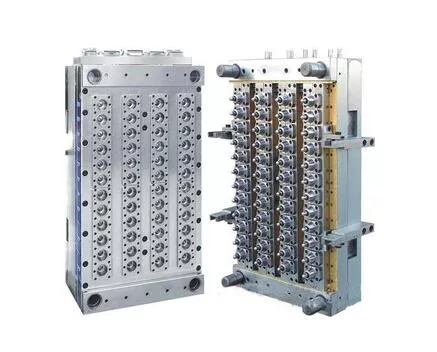
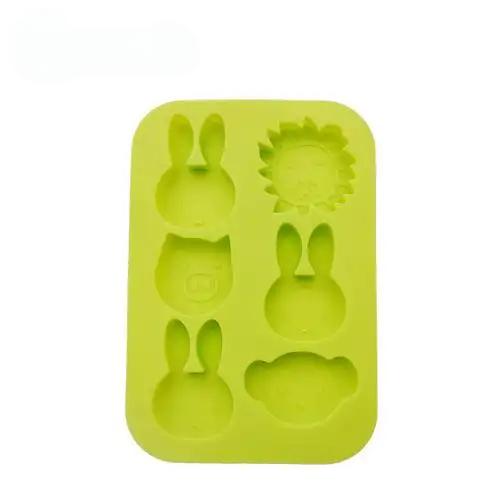
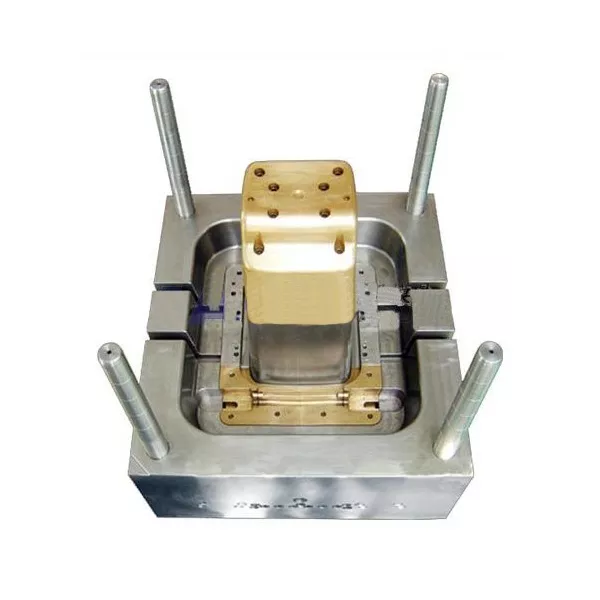
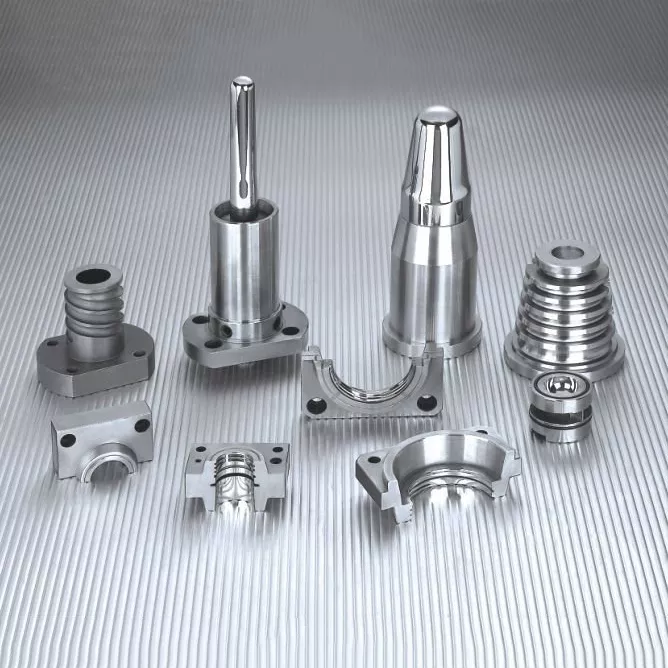
अब अपने अनुशोध भेजें